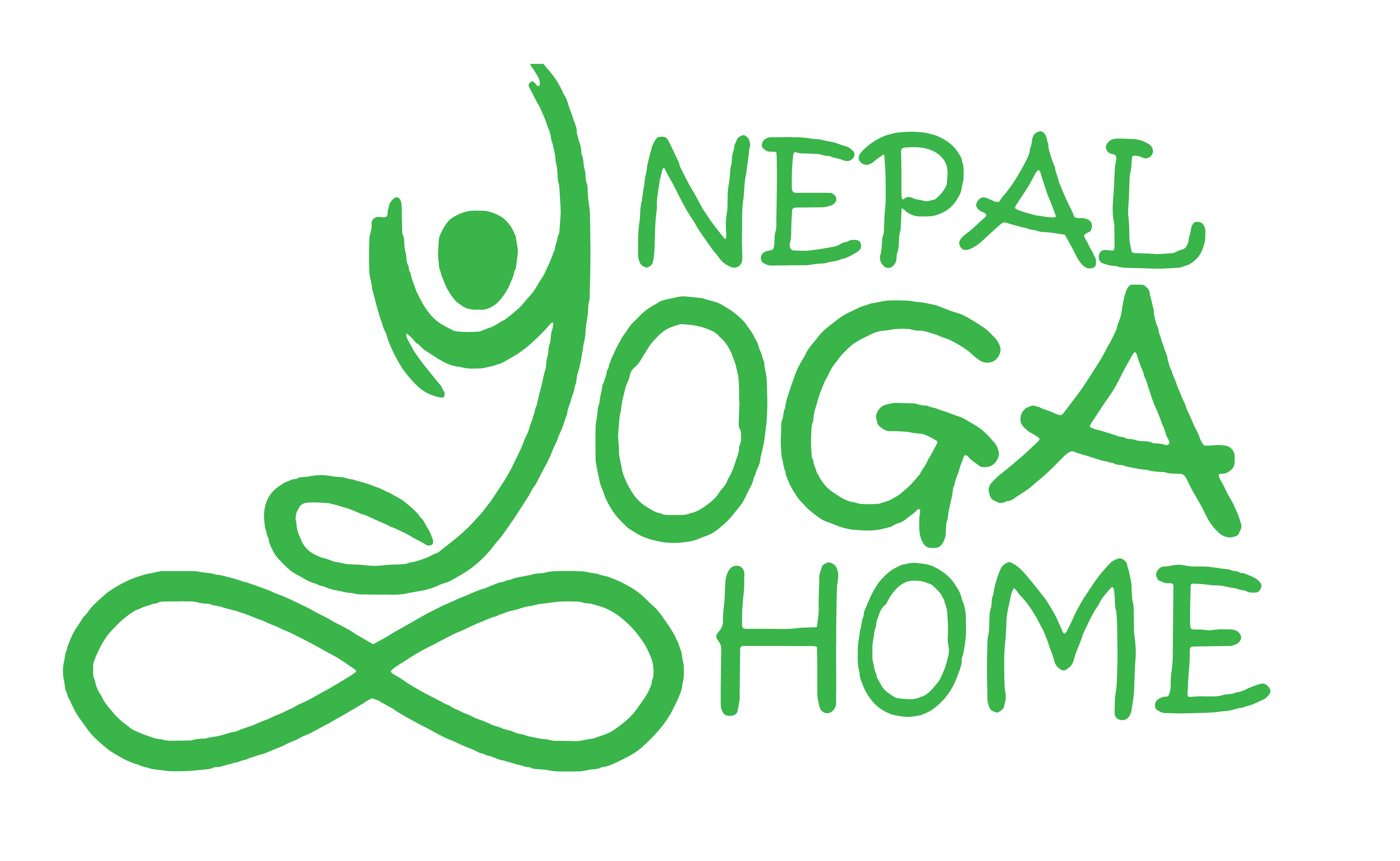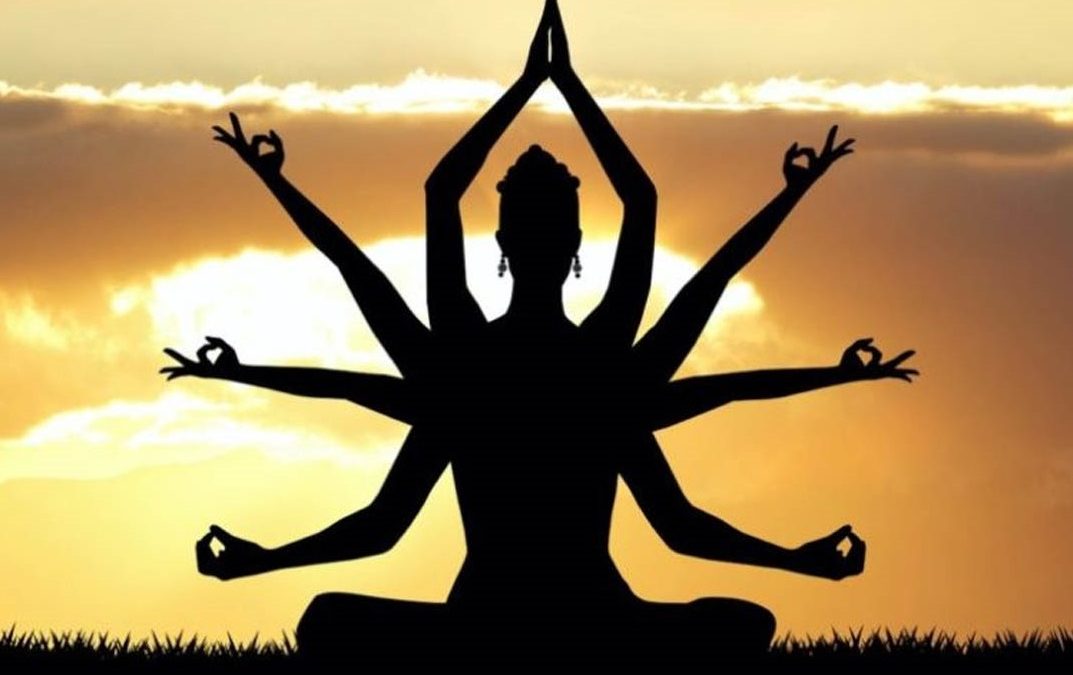Yoga is a discipline that has been in existence for thousands of years, and it comes with a variety of exercises that can be considered to benefit any person. In both physical and psychological views, there is a specific type of yoga practice for each kind of individual who wishes to gain strength, flexibility, reduce on tension or to achieve serenity. Here in this blog, we will discuss some of the best-known types of yoga and help you to choose which is the best type of yoga practice for you.
Types of Yoga – Hatha Yoga
Hatha yoga is considered as the parent of all the standard present-day styles of yoga. It is simple but its purpose is to practice fundamental asanas and pranayama. The word “Hatha” itself is composed of the Sanskrit symbols ‘Ha’ and ‘Ta’, which means ‘Solar energy’ and ‘Moonlight’ respectively, the other words bear the meanings of ‘force’ or ‘effort.’
These types of yoga practices are best suited for beginners because the practice proceeds at a slower pace allowing one to follow the steps and become comfortable with each pose and breathe. It is a type of yoga where most of the postures are held throughout a few breaths during a single session to develop strength & flexibility of the muscles and bring mental state of calmness. It is an excellent starting point for any yoga enthusiast.
Vinyasa Yoga
If you have ever noticed people jumping from one pose to another with a great deal of smoothness that is Vinyasa yoga. The term “vinyasa” is derived from the Sanskrit term ‘to place in a special way’, and each posture is performed in harmony with your breath. It’s like a dance on your mat energetic, flowing, freestyle.
You might begin with some sun salutations to warm up your body then go through some simple standing poses, as well as some sitting position poses, and the final position is the relaxing pose savasana. These types of yoga practices are for those who want to exercise in a place with a lot of variation and who want to increase their heart rate.
Ashtanga Yoga
People who seek structured physical activity and demanding practices will find satisfaction in Ashtanga yoga. Sri K. Pattabhi Jois developed this yoga practice which works with predetermined postures that must be practiced in their exact order each time. Practicing Ashtanga yoga needs dedicated commitment while presenting meaningful benefits.
In these types of yoga practices students follow their own sequence under individualized instruction from an instructor. Through the practice you build strength, increase stamina, flexibility and achieving deep detoxification benefits. People who need structure combined with intense exercise sessions will excel in Ashtanga yoga practice.
Iyengar Yoga
The core principles of Iyengar yoga remain the exact positioning and body alignment in your asana practice. B.K.S. Iyengar established this method that depends on equipment such as blocks and straps and supports to properly perform yoga postures. These types of yoga practices provide high therapeutic benefit and prove excellent for those suffering from injuries and chronic pain.
During Iyengar classes the poses require extended stays that provide increased opportunities to deeply study each sequence. By focusing on details, you gain powerful insights into your body structure. Perfectionists and those who want to understand the reasons for each movement should practice Iyengar yoga.
Bikram Yoga
Practicing Bikram yoga means performing yoga exercises while remaining in hot and humid conditions. Bikram Choudhury established this practice through its 26-posture and two-breathing exercise sequence that operates inside heated rooms reaching 105°F (40°C). The high temperature acts as a muscle-relaxing factor and enables you to stretch your body to its full potential and benefits your body through sweat detoxification.
Each class follows precisely the same order of movements. Many people enjoy the difficult yet satisfying experience resulting from these type of yoga practices.
Kundalini Yoga
Kundalini yoga functions as the “yoga of awareness” because it enables practitioners to stimulate the spinal energy near the base. These types of yoga practices unite active postures with breathing techniques along with chanting and meditation works to achieve equilibrium between mental and physical elements as well as spiritual connection. Kundalini Yoga offers people an intensely spiritual experience that provides both emotional and mental development through movements designed to transform the self.
During Kundalini yoga practice you will likely keep repeating either movements or mantras continuously for extended periods of time. This combination produces challenging yet meditative experiences. For people seeking spiritual experiences in yoga practice Kundalini serves as an excellent starting point.
Yin Yoga
Practicing Yin yoga provides perfect relief for people living in the high-stress modern world. During this rhythmic method you keep poses for long periods of time to work on deep connecting tissues throughout your body. Within Yin yoga practice there exists minimal physical activity and complete focus on relaxation and surrender. Bolsters and blankets function as props that help support your body so you can achieve complete physical release.
These types of yoga practices stand as an excellent addition to high-energy exercise techniques and helps induce peace and tranquility. Everybody who desires profound stretching with deep relaxation should practice Yin yoga due to its meditative nature.
Restorative Yoga
Restorative is a type of yoga practices that encourage physical, mental and emotional relaxation. This form of yoga provides complete support through body props which enables complete mental and physical release. Each pose in practice is maintained between 5 to 10 minutes at minimum to allow your physical and mental state to smoothly unwind. These types of yoga practices suit those struggling with stress or dealing with illness or injuries. A restorative yoga class provides complete support, so participants finish feeling nourished and completely peaceful and refreshed.
Conclusion
Yoga practice selection depends on your personal goals whether you seek physical strength, relaxation, spiritual development or holistic wellness. Different practice styles allow you to identify which yoga method appeals to you most. Practicing yoga leads you through a continual personal transformation where you will discover an endless number of ways to develop. The practice of yoga for any given style helps you achieve balance and harmony in your life when practiced regularly.
For more blogs visit on our Nepal Yoga Home blog section.

